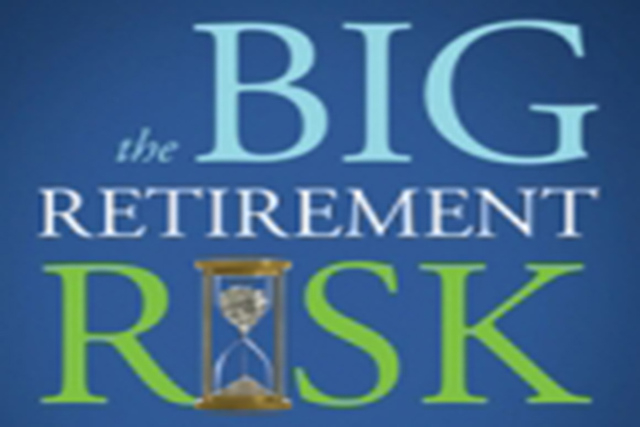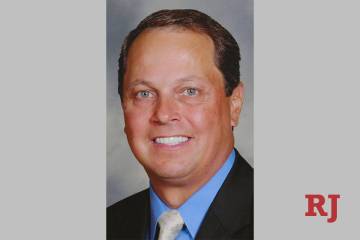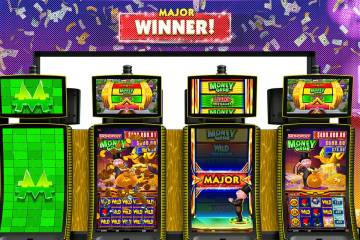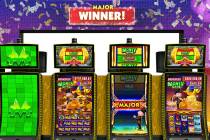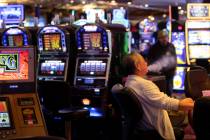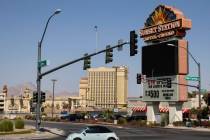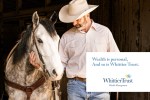Better planning through ‘lifestyle specific investing’
“The Big Retirement Risk: Running Out of Money Before You Run Out of Time” by Erin Botsford (Greenleaf Book Group Press, $21.95).
The recent financial calamity decreased the wealth of most people, particularly boomers, because home equity and investment portfolios suffered.
Regaining lost home equity, which could be tapped for lifestyle maintenance, will take time — some experts estimate 10 years. Although financial markets have soared recently, they remain volatile. Against this financial uncertainty, Botsford focuses on ways to measure cash flow and create financial independence.
She starts with the budget. Relative to expenses, budget categories include, in order of priority, needs, wants, likes and wishes. On the income side, there’s Social Security, pensions (Caution: Company bankruptcy can decrease or eliminate a pension,) wages, etc. Subtract expenses from income. If there’s a surplus, that’s great — but that doesn’t mean you’re out of the financial woods long-term. If there’s a deficit, you’ll have to look at its sources and make choices about priorities.
You must also consider how you can use resources (e.g. savings, 401(k)/403(b), individual retirement accounts, investment portfolios, annuities, home and property, etc.) to deal with income support. Botsford’s concept of “lifestyle-driven investing” involves using these resources to create a reasonably reliable source of income regardless of their underlying value.
It’s all about the cash they generate.
Examples:
1. If interest rates rise, the value of bonds drops but the amount of interest they pay doesn’t.
2. If you invest in rental property, there should always be some income, net of expenses and maintenance reserves, regardless of the property’s underlying value.
Botsford walks readers through cash-flow-producing investment alternatives. She also discusses evaluating equity investments that provide growth opportunities, which can be turned into cash-generators down the road.
Her bottom line: When planning for retirement, evaluate investment options by their ability to produce income that addresses lifestyle needs first; wants, likes and wishes second; and growth opportunities third.
The Ten Golden Rules of Leadership: Classical Wisdom for Modern Leaders” by M.A. Soupios and Panos Mourdoukoutas (AMACOM, $15.95).
For the authors, leadership “by the numbers” ignores the “skill, experience, and ripened personal perspectives” needed to fully develop a philosophy of life needed to fully engage and lead others. Drawing on the teaching of ancient Greek philosophers, they focus on the mental discipline needed to produce beneficial outcomes for all involved.
Here are some highlights:
■ “Know thyself.” (Thales) — Leaders who use “I” to describe what’s needed feed their own egos. They create a “counterfeit reality” in which they believe they’re the smartest one in any room. When self-confidence becomes arrogance, “the executive turns from an asset to a liability” and employs a supporting cast of congruent thinkers.
■ “Nurture community in the workplace.” (Plato) — Engaging people in a common vision can’t be done by command-and-control. Leaders need to coach more and manage less. Through coaching, subordinates develop a “we” perspective of their roles, and a sense of collaboration and camaraderie. When people freely exchange ideas and opinions, they become active participants in continuous improvement.
■ “Don’t waste energy on things you cannot change.” (Aristophanes) — You can only shape the future — and that future means you must adapt to change. It also means that when a project is failing, throwing it a life preserver filled with more money and people, to resuscitate it makes it only more difficult to execute more viable projects.
Key takeaway: “The character of an organization’s leadership determines a company’s destiny.”
Jim Pawlak is a nationally syndicated reviewer of business books.



